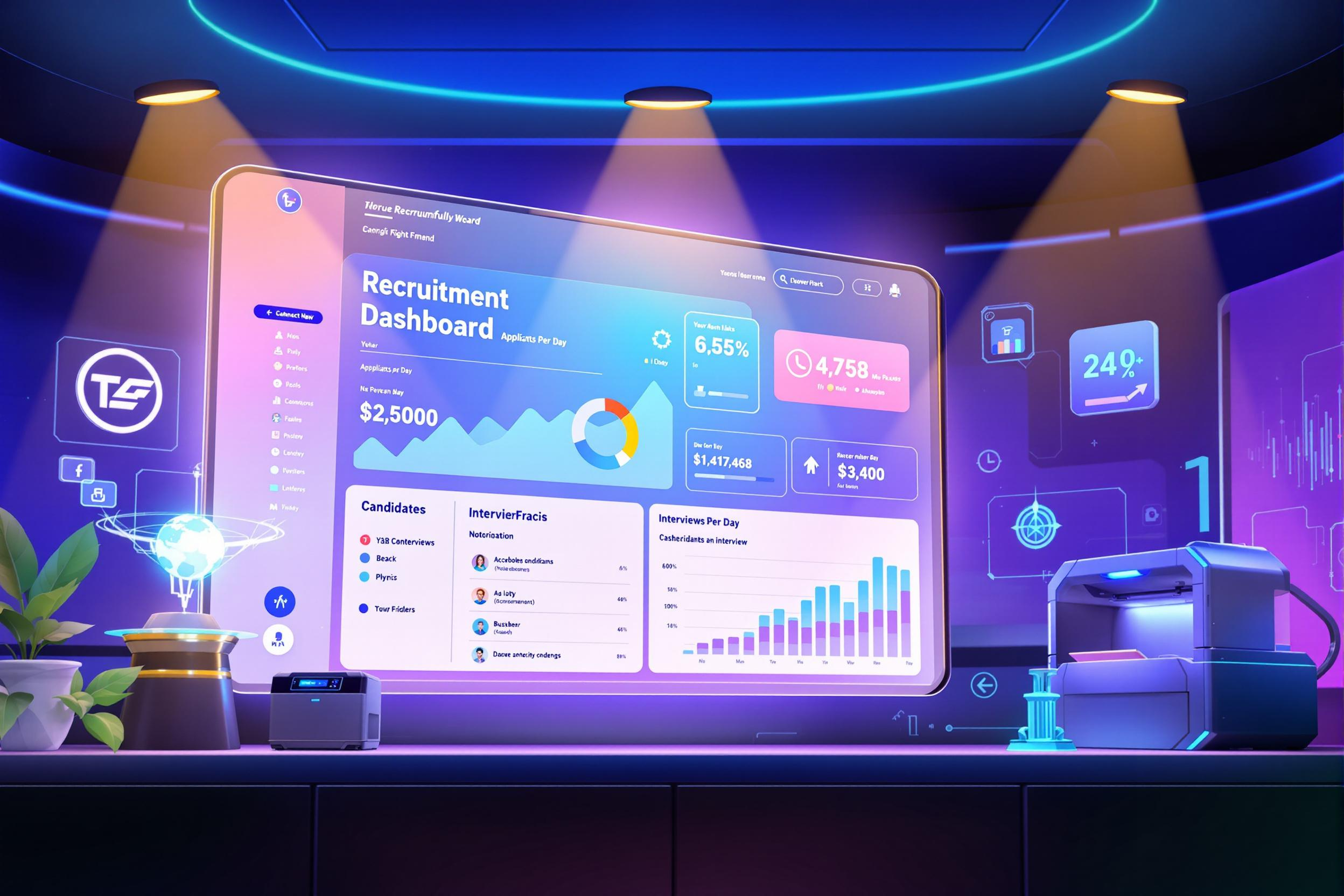
Digital Asset Management
Digital Asset Management (DAM) is a system that helps organizations store, organize, and share their digital content like images, videos, documents, and brand materials. Think of it as a super-organized digital library that makes it easy for companies to find and use their files. Companies use DAM systems to keep track of things like marketing materials, product photos, training videos, and company logos. It's similar to a very advanced version of Google Drive or Dropbox, but with special features for businesses to control who can access files, track how they're being used, and ensure everyone is using the correct versions of materials.
Examples in Resumes
Implemented and managed Digital Asset Management system for marketing team of 50+ users
Streamlined company workflow by introducing DAM solution reducing asset search time by 60%
Led migration of 100,000+ files to new Digital Asset Management platform
Typical job title: "Digital Asset Management Specialists"
Also try searching for:
Where to Find Digital Asset Management Specialists
Professional Networks
Industry Resources
Example Interview Questions
Senior Level Questions
Q: How would you handle a company-wide DAM implementation for a global organization?
Expected Answer: Should discuss change management, user training, metadata strategy, integration with existing systems, and ensuring compliance across different regions. Should mention experience with large-scale deployments and stakeholder management.
Q: How do you measure the success of a DAM system?
Expected Answer: Should mention key metrics like user adoption rates, time saved in asset retrieval, reduction in duplicate assets, cost savings, and ROI calculations. Should also discuss user feedback and system usage analytics.
Mid Level Questions
Q: How do you create an effective metadata strategy for a DAM system?
Expected Answer: Should explain how to organize and tag content in a way that makes sense for different departments, creating consistent naming conventions, and ensuring easy searchability while maintaining simplicity.
Q: What's your approach to user training and adoption?
Expected Answer: Should discuss creating user guides, conducting training sessions, gathering feedback, and strategies to encourage system usage. Should mention experience with different types of users and their needs.
Junior Level Questions
Q: What are the basic components of a DAM system?
Expected Answer: Should be able to explain basic features like file storage, search functionality, user permissions, version control, and file sharing capabilities in simple terms.
Q: How do you handle basic user access and permissions in a DAM system?
Expected Answer: Should explain different user roles, setting up basic permissions, and understanding who should have access to what content and why.
Experience Level Indicators
Junior (0-2 years)
- Basic system administration
- File organization and tagging
- User support and training
- Basic metadata management
Mid (2-5 years)
- System configuration and customization
- Workflow automation
- Integration with other business tools
- User training program development
Senior (5+ years)
- Enterprise-wide implementation management
- Digital asset strategy development
- Vendor evaluation and selection
- Cross-department collaboration
Red Flags to Watch For
- No experience with metadata organization
- Lack of understanding of copyright and rights management
- Poor communication skills
- No experience with user training or documentation
Need more hiring wisdom? Check these out...

Redefining Team Collaboration in a Digital Workspace

Building an Unshakable ATS Data Governance Framework: A Guide to Protecting Your Recruitment Goldmine

Human Capital Operational Excellence: Unlocking Your Organization's Potential

